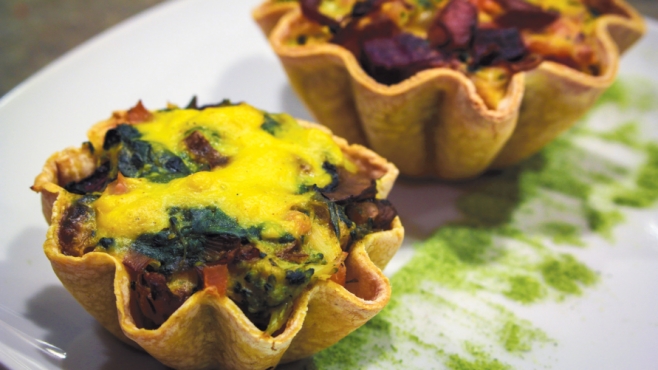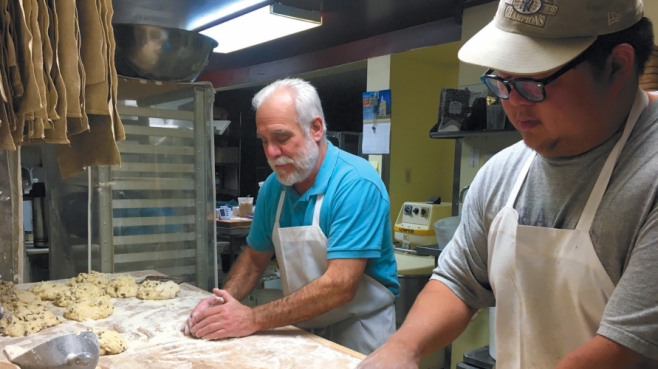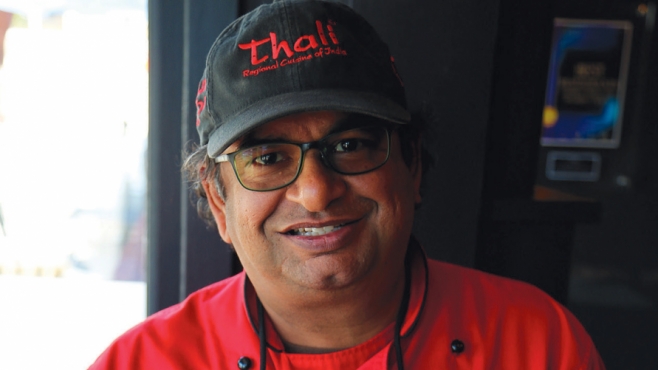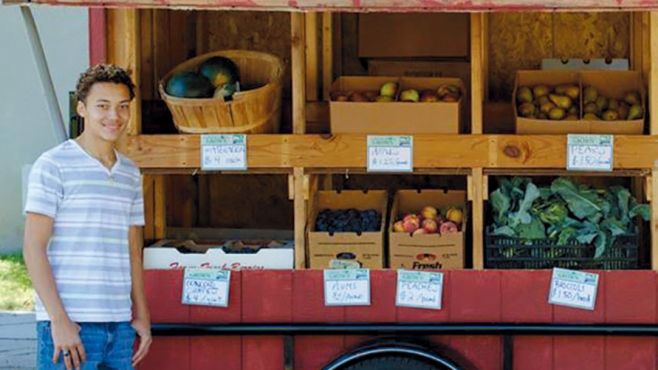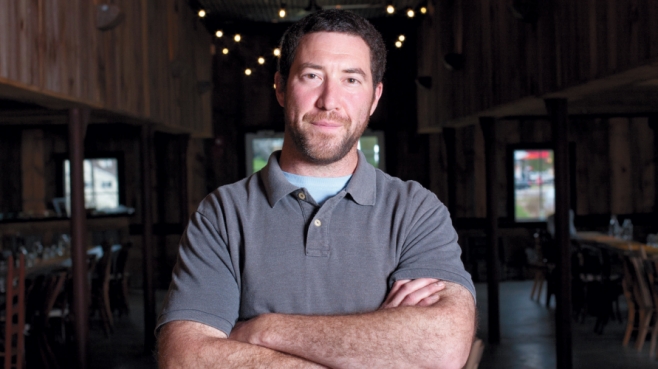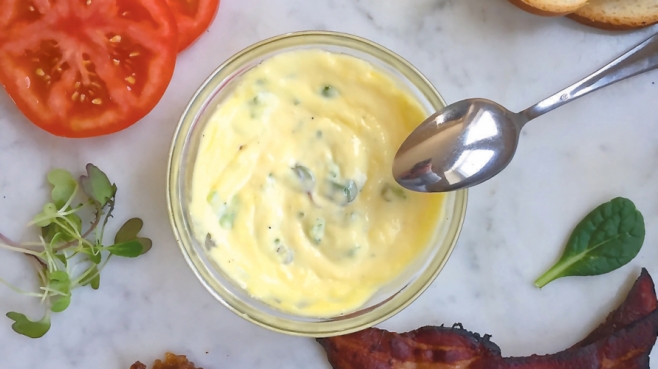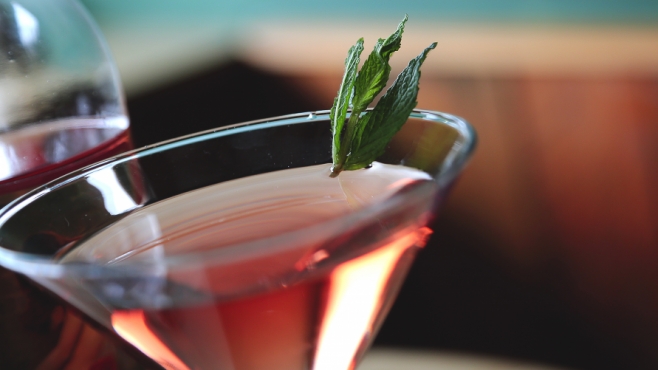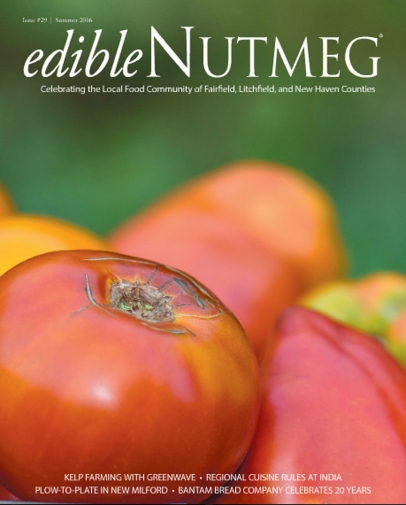
LETTER FROM THE PUBLISHER
This is a wonderful time to eat in Connecticut. The bounty of spring is still upon us: green, leafy vegetables and delicious fresh herbs; summer's incredible variety is in full swing: corn, summer squashes, heirloom tomatoes (like those on this issue's cover!), and more; and the rich tastes of fall, both sweet and savory, lie ahead.
It's hard to be anything but optimistic with such an array of locally grown food before us in fields, home kitchens, and restaurants, but it can be easy to forget that not everyone in Connecticut has easy or affordable access to the food community that enriches our state.
With this in mind, it has been a pleasure to bring together a number of stories about individuals and organizations that are working toward making Connecticut's food resources both more accessible and affordable for everyone in the state. I hope you'll enjoy reading about New Milford Hospital's Plow-To-Plate program, which works to bring "small food" to the typically "big food" world of medicine, and CitySeed, a group mandated with bringing fresh, Connecticut-grown crops into New Haven's urban areas. The same goes for this issue's feature on GreenWave, which, among its many endeavors is launching the world's first underwater community garden, allowing New Haven residents to participate in farming the Sound's kelp, oysters, and mussels.
The common theme between these stories is not merely their shared connection to Connecticut food. Perhaps more importantly, it is their connection to Connecticut community, which has diminished as food has transitioned from something that was locally produced to something that is grown in other states, and sometimes even other nations, by people we will never get to know or share that food with.
I grew up in the middle of this transition, and though I did not then recognize it, I was divorced from what I ate. It came from the grocery store in exchange for money, nothing more. But in recent years, I think we have collectively begun to recognize the broad spectrum of the food cycle, and that, without the community that creates and shares our food, it loses much of its value. It will still nourish the body, but does it nourish our need for connection and vitality? That, I think, is what is lost.
Food has always been the connective tissue of our communities. Our friends visit for dinner; we share a pitcher of lemonade with neighbors on a hot Sunday afternoon; family gathers from distant places for a backyard cookout. So I'm proud to be able to bring attention to organizations and companies like these that are doing more than simply growing our food. They are, too, helping to strengthen our communities, connecting people not only to what they eat, but also to each other, through communal spaces, shared tables, and exchange of ideas.
This summer, I hope that you will share some of Connecticut's agricultural abundance with your own friends, family, and community, and that you'll join me in recognizing the communal benefits and joy of partaking in all aspects of the food cycle with those around you. And as always, I thank you for being a part of Edible Nutmeg's community.
-Dana Jackson, Editor & Publisher



